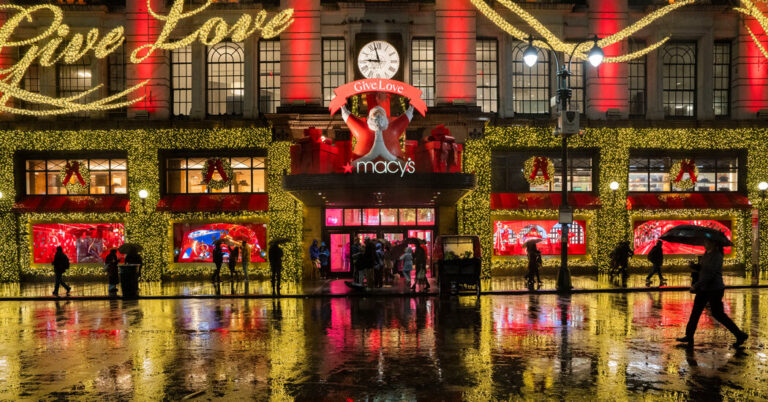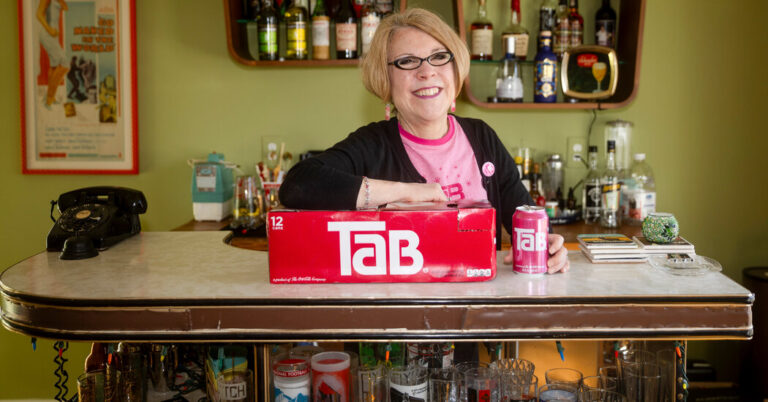Here is the plain text result:
Milan is among Italy’s largest and most influential cities: Founded in 590 B.C., it eventually became the capital of the Lombardy region. Yet for centuries, it was somewhat overlooked as a cultural hub; while Rome, Florence and Venice were widely viewed as Italy’s seats of intellectual and artistic production, Milan was seen mainly as a gray, unromantic city of industry and finance.
However, during the so-called Italian economic miracle, the boom that followed World War II, Milan emerged as a design center. Large companies like Pirelli, Olivetti and Fiat — manufacturers of tires, office equipment and automobiles, respectively — began to provide patronage to designers such as Gio Ponti and Ettore Sottsass, resulting in enduring examples of Italian design such as the former’s 1958 Pirelli Tower skyscraper and the latter’s 1969 Valentine typewriter.
Milan’s rise to a fashion capital in the 1980s added to its prestige, and many of the architecturally significant buildings constructed since then were created for and financed by its leading brands in manufacturing, publishing and, especially, fashion. Below are 10 sights, listed in the order in which they were built, that showcase the diversity of Milan’s centuries of architecture.
1. Duomo of Milan
Construction on the Duomo of Milan, the city’s cathedral, began in the 14th century, but the building wasn’t officially completed until 1965.
2. Galleria Vittorio Emanuele II
This grand four-story shopping arcade was designed by the architect Giuseppe Mengoni in the neo-Renaissance style, with imposing arched entrances, ornately carved pilasters and a large glass dome at its center.
3. Villa Necchi Campiglio
The Quadrilatero del Silenzio in central Milan is one of the city’s most exclusive neighborhoods, filled with grand homes in the stile Liberty, Italy’s version of Art Nouveau.
4. Villa Borsani
Milan didn’t have a design school until the 1980s; before then, the architects of a home would often also design the furniture, decorative objects and even flatware.
5. Castello Sforzesco
Named after the Sforza family, who ruled Milan during the 15th and 16th centuries, the Castello Sforzesco is one of the largest fortified buildings in Europe.
6. Torre Velasca
When skyscrapers began to crop up in Milan after World War II, as part of Italy’s wider push to update its cities, many locals were resistant to the idea of the modern towers interrupting the landscape of traditional low-rise buildings.
7. Church of Santa Maria Annunciata
During his nearly 60-year career, the polymathic architect and designer Gio Ponti developed several signature styles, including his versions of neo-Classicism and Rationalism, but one constant was his use of diamonds as a motif.
8. Da Giacomo
With its green-painted, delicate boiserie, handmade lace curtains and antique wooden cafe chairs, the restaurant Da Giacomo, at the edge of Milan’s historic center, looks as if it’s been operating since the height of the stile Liberty, at the end of the 19th century.
9. Bosco Verticale
Built by the architect Stefano Boeri in 2014, in the then newly developed Porta Nuova district north of Milan’s center, the experimental Bosco Verticale was envisioned as a new model for sustainable design.
10. Fondazione Prada
In 2010, about three decades after taking over and transforming her family’s leather accessories business, the fashion designer Miuccia Prada decided to open a contemporary art center in Milan that would house her sprawling art collection.
Source link




